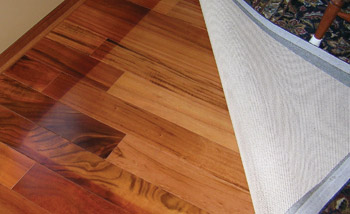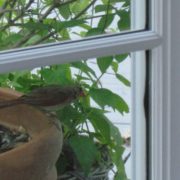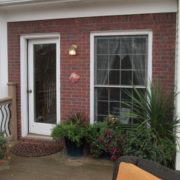Does Low-E Glass Help?
If you’ve ever shopped for windows, you probably wondered whether you need low-e glass or if it’s just some marketing mumbo-jumbo. “Low-E” refers to low emissivity.
Ok. What does that mean?
Well, emissivity is a measure of how easily a surface transfers radiant thermal energy…the heat absorbed by objects. Low-emissivity means the surface transfers radiant thermal energy at a low level.
Energy-Efficient Benefits of Low-E Glass

We could go into the details of radiant energy and throw around terms like shortwave rays, long-wave rays and thermal radiation, but we want to keep this simple. The simple explanation of the energy-efficient benefits of low-e glass is that it reflects radiant

heat. In the summer, it keeps your home cool by reflecting away the heat radiating from sidewalks, driveways, patios, decks, and other objects that absorb heat. In the winter, it keeps your home warm by reflecting the radiant heat your furnace system worked so hard to create back into the house.
For example, compare low-e glass to aluminum foil. Foil reflects heat back toward the food to keep it warm. If you covered your windows with foil, your room would be cooler in summer and warmer in winter. But the view wouldn’t be so good. Low-e glass to the rescue!
Reduce Fading and Other Damage

Besides keeping your home more comfortable year-round, low-e glass also works to reduce the early fading of your wood floors,
carpeting, drapes and upholstery fabrics caused by ultraviolet (UV) and other damaging rays, by blocking about two-times more UV light than clear, single-pane glass.
Available on doors, too! – Doors can also benefit from low-e glass. We’ve seen examples of indoor rugs that completely faded in front of a full view door and wood floors that faded compared to the same floor underneath an area rug. The more glass on the door, the more important low-e glass becomes.
Our window and door experts can help you determine the right glass to use for your situation. Call us to get started.
Some Summer Energy-Efficiency Tips…
- Check the weatherstrip on your doors and windows. This is typically only considered in the winter to prevent drafts, but an improperly sealed window or door can let summer heat into the home, too.
- Install awnings, overhangs or shades over windows or doors that get extreme sun exposure. A combination of minimizing sunlight and adding low-e glass is the best way to reduce unwanted heat gain.
- Use window, ceiling and whole-house fans to keep your home a little cooler.
Looking for replacement windows? We recently wrote a blog about how much you should be spending when replacing windows in your home. Read it here!







 Kentuckiana is our community! We’re locally-owned and operated, not a franchise, so you get attentive, local service.
Kentuckiana is our community! We’re locally-owned and operated, not a franchise, so you get attentive, local service.


